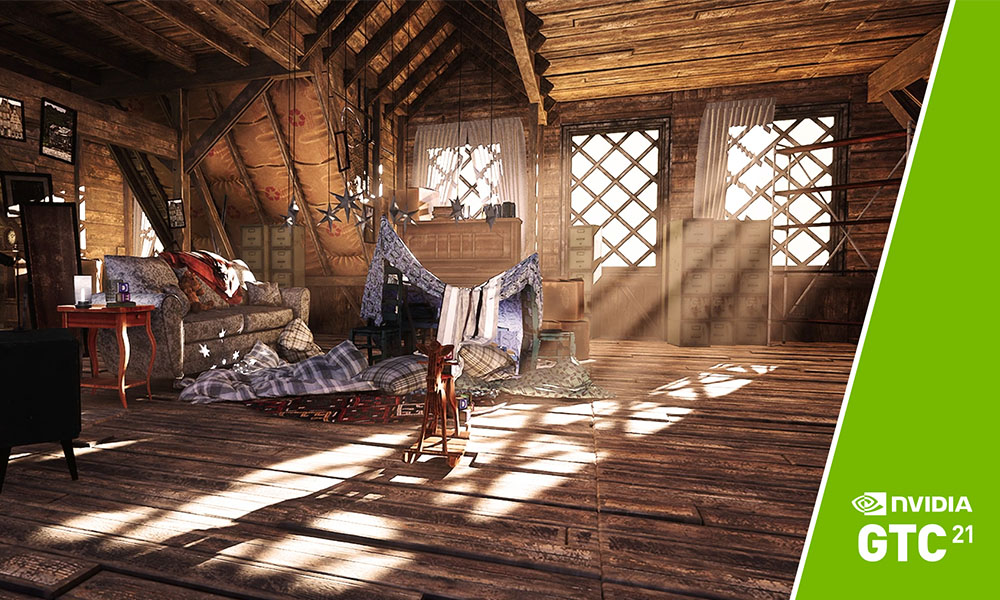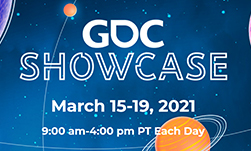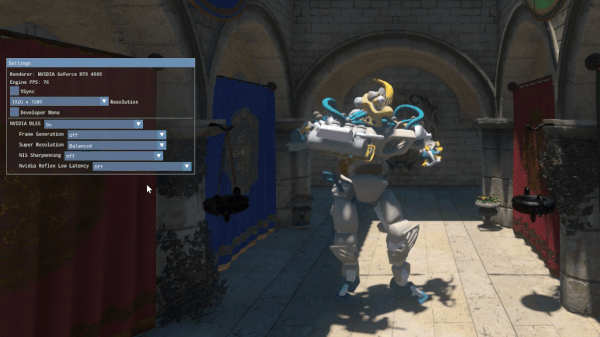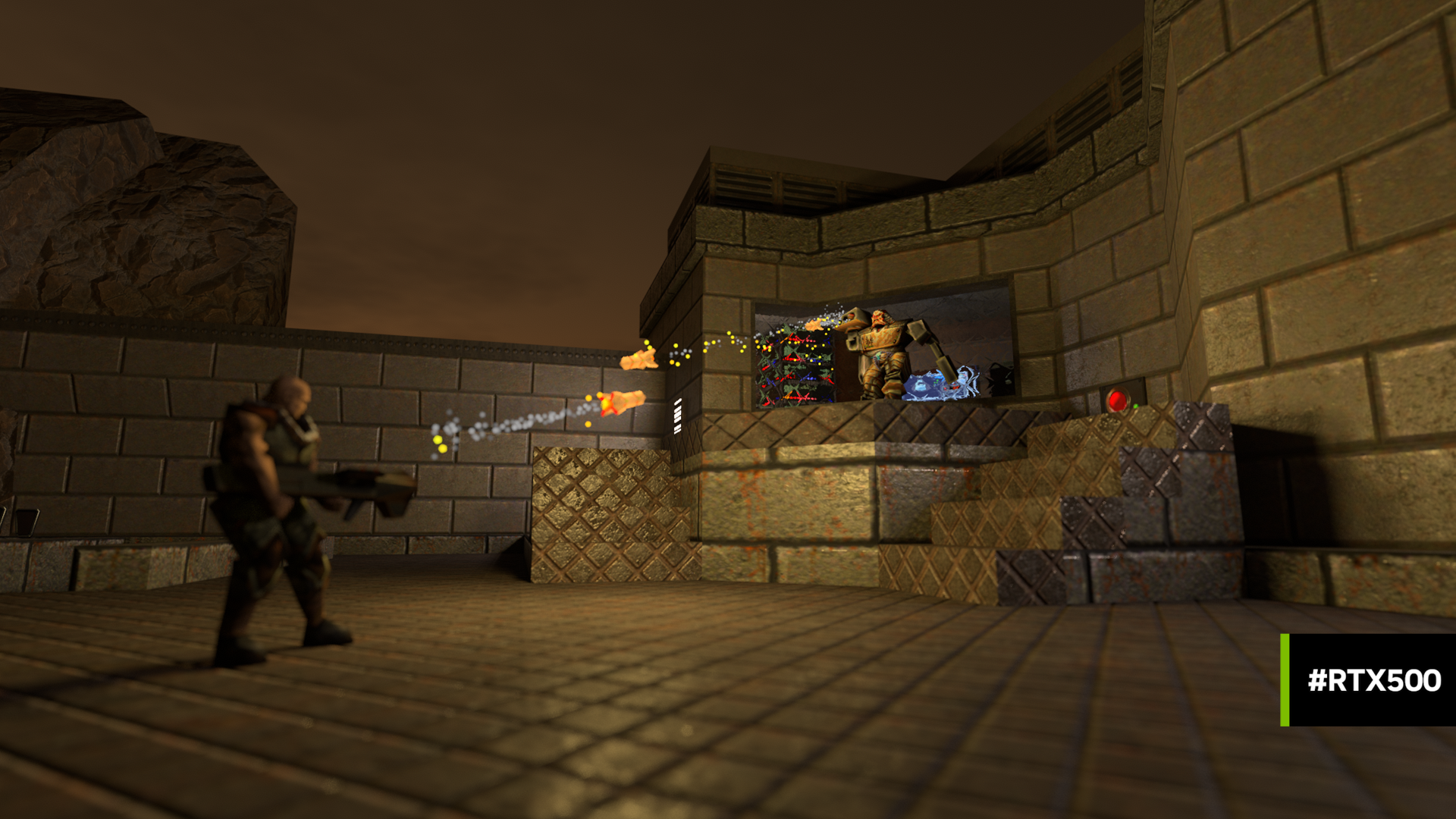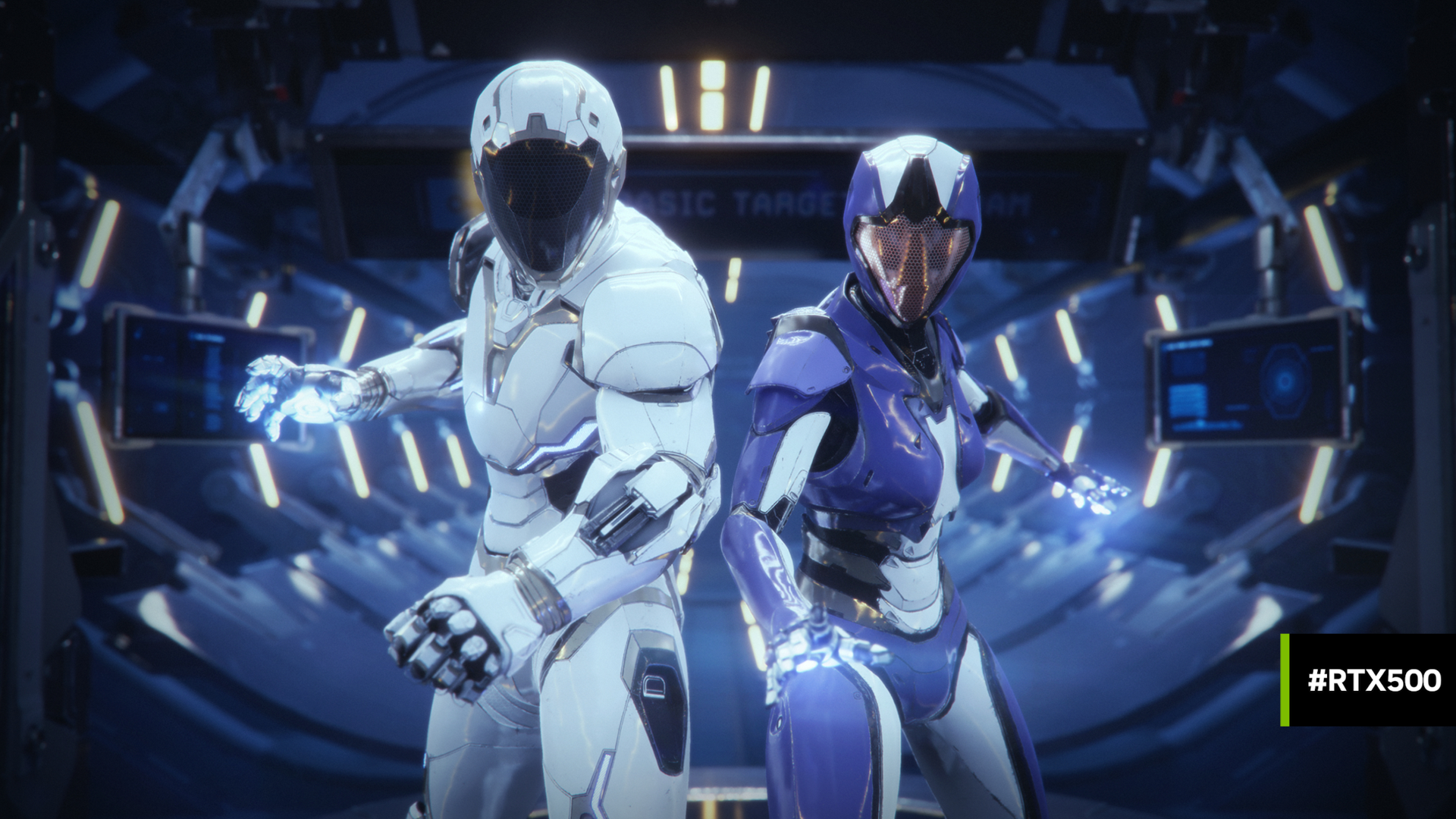Developers, engineers, artists and leaders from game studios across the world gathered virtually at this year’s virtual GTC to learn how the latest NVIDIA technologies are revolutionizing game development.
NVIDIA RTX enables developers to create breathtaking, interactive worlds with performance that exceeds gamers expectations. Integrating RTX has never been easier – gain access through popular game engines such as Unreal Engine or through standalone SDKs.
The developer resources listed below are exclusively available to NVIDIA Developer Program members. Join today for free in order to get access to the tools and training necessary to build on NVIDIA’s technology platform here.
On-Demand
The State of RTX in Unreal Engine 4
Speaker: Richard Cowgill, NVIDIA
In this session, NVIDIA’s Richard Cowgill goes over where RTX is today in Unreal Engine 4, all the advancements in the past year, and a quick look at what’s coming up.
Collaborative Game Development using Omniverse
This session is a deep dive on how to leverage Omniverse, using new asset collaboration tools USD and MDL for game development. You’ll learn how to leverage Nucleus for collaboration, AI for asset tagging, and USD and MDL for ground truth content creation and lighting using ray tracing.
Demos
Experience the latest NVIDIA RTX technologies available in Unreal Engine 4. Toggle ray tracing on and off between reflections, shadows and translucency to see the impact these features have on NVIDIA’s Attic demo and what they could bring to your project. You’ll also learn how RTX Global Illumination adds dynamic range to the scene with multi-bounce indirect lighting. Maximize these ray-tracing settings with DLSS, which will boost the frame-rate of the Attic scene while maintaining a high resolution. With an RTX GPU, you can try this demo as a standalone build here.
RTXDI offers realistic lighting of dynamic scenes that require computing shadows from millions of area lights. Until now, this hasn’t been possible in video games in real-time. Traditionally, game developers have baked most lighting and supported a small number of “hero” lights that are computed at runtime. With RTXDI, lighting artists can render scenes with millions of dynamic area lights in real-time without complex computational overheads or disruptive changes to the artist’s workflow. In this scene, you can see neon billboards, brake lights, apartment windows, store displays, and wet roads—all acting as independent light sources. All this can now be captured in real-time with RTXDI. Learn more here.
System Latency is the measure of PC responsiveness – a critical metric for gamers that is difficult to optimize for. In this demo, we will show you how NVIDIA Reflex optimizes system latency and helps developers give players a response experience.
In this talk available on NVIDIA On-Demand, Seth Schneider (NVIDIA) and Ryan Greene (Blizzard) will provide a crash course on system latency covering: the basics of system latency, NVIDIA Reflex, and the Overwatch team’s approach to system latency optimization. If you are interested in a deep dive into system level performance, you’ve come to the right place.



